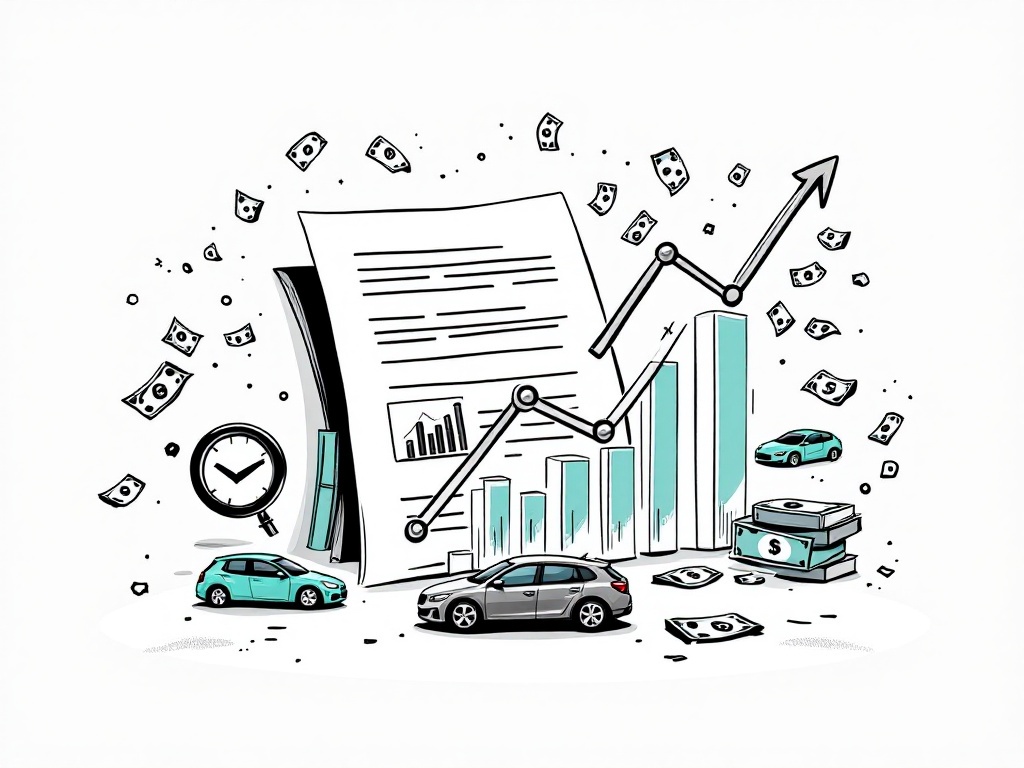Auto Loan Delinquencies at 14-Year High Amid Rising Car Prices

United States, Thursday, 20 February 2025.
U.S. auto loan delinquencies have surged to a 14-year high as car prices rise, impacting subprime borrowers and indicating potential instability in automotive finance.
Record Debt Levels and Delinquency Surge
Auto loan balances have reached an unprecedented $1.66 trillion in Q4 2024 [1][2], marking a 3.0% year-over-year increase. The most concerning trend is the sharp rise in delinquency rates, with serious delinquencies (90+ days past due) reaching critical levels not seen since 2011 [3]. The Federal Reserve Bank of New York reports that delinquency rates are particularly severe among subprime borrowers, those with credit scores below 620, who are experiencing a 0.21 percentage point increase in delinquency rates compared to December 2023 [2].
Vehicle Pricing and Market Shifts
New vehicle prices continue to strain buyers, with average transaction prices hitting $48,641 in January 2025 [5]. The market has responded to these challenges with a notable shift in borrower composition - prime borrowers now represent 37.5% of the market [1]. This transformation reflects tighter lending standards, with only 16% of new auto loans being originated to subprime borrowers in Q4 2024, a significant decrease from 22.8% in 2019 [2].
Economic Impact and Consumer Stress
The broader economic implications are becoming evident as lenders reported writing off $46 billion in seriously delinquent loans during the first nine months of 2024, representing a 50% increase from the same period in 2023 [6]. Despite these concerning trends, the auto-loan-to-disposable-income ratio has actually improved, dipping to 7.53% [2], suggesting that while specific segments of borrowers are struggling, the overall market maintains some stability.
Future Outlook
Financial analysts predict continued pressure on auto loan performance through 2025, with delinquency rates expected to remain elevated [5]. While ITR Economics suggests that current debt levels are not yet signaling serious systemic trouble [5], the increasing strain on low-income consumers and subprime borrowers warrants careful monitoring. The automotive finance industry is responding with tighter underwriting standards [3], potentially making vehicle financing more challenging for consumers with lower credit scores.
Sources
- seekingalpha.com
- wolfstreet.com
- defisolutions.com
- www.fool.com
- blog.itreconomics.com
- www.ibtimes.com